Affiliate links on Android Authority may earn us a commission. Learn more.
A 'mid-range' Pixel 5 actually makes total sense
Published onMarch 29, 2020
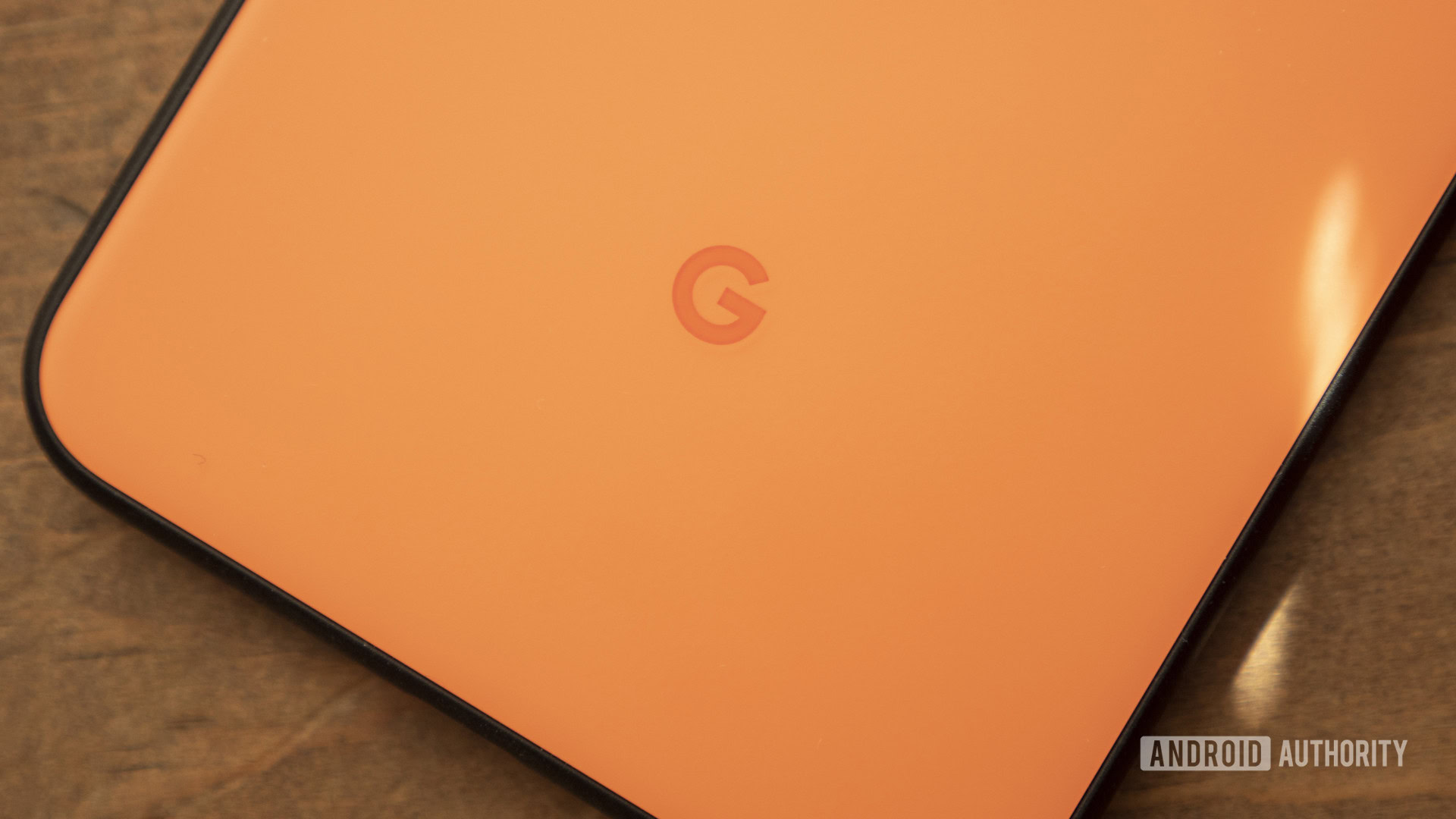
There’s an expectation that any new Android flagship will have the latest and greatest processor inside. Usually, that’s Qualcomm’s top chipset, which is the Snapdragon 865 in 2020. True to form, Samsung has put the Snapdragon 865 in its Galaxy S20 range in the U.S., and some Chinese manufacturers have already followed suit. But, if rumors are to be believed, Google and LG will go with a mid-tier processor this year.
While this is surprising at first glance, there are some very good reasons for Google to target the mid-range with the Pixel 5.
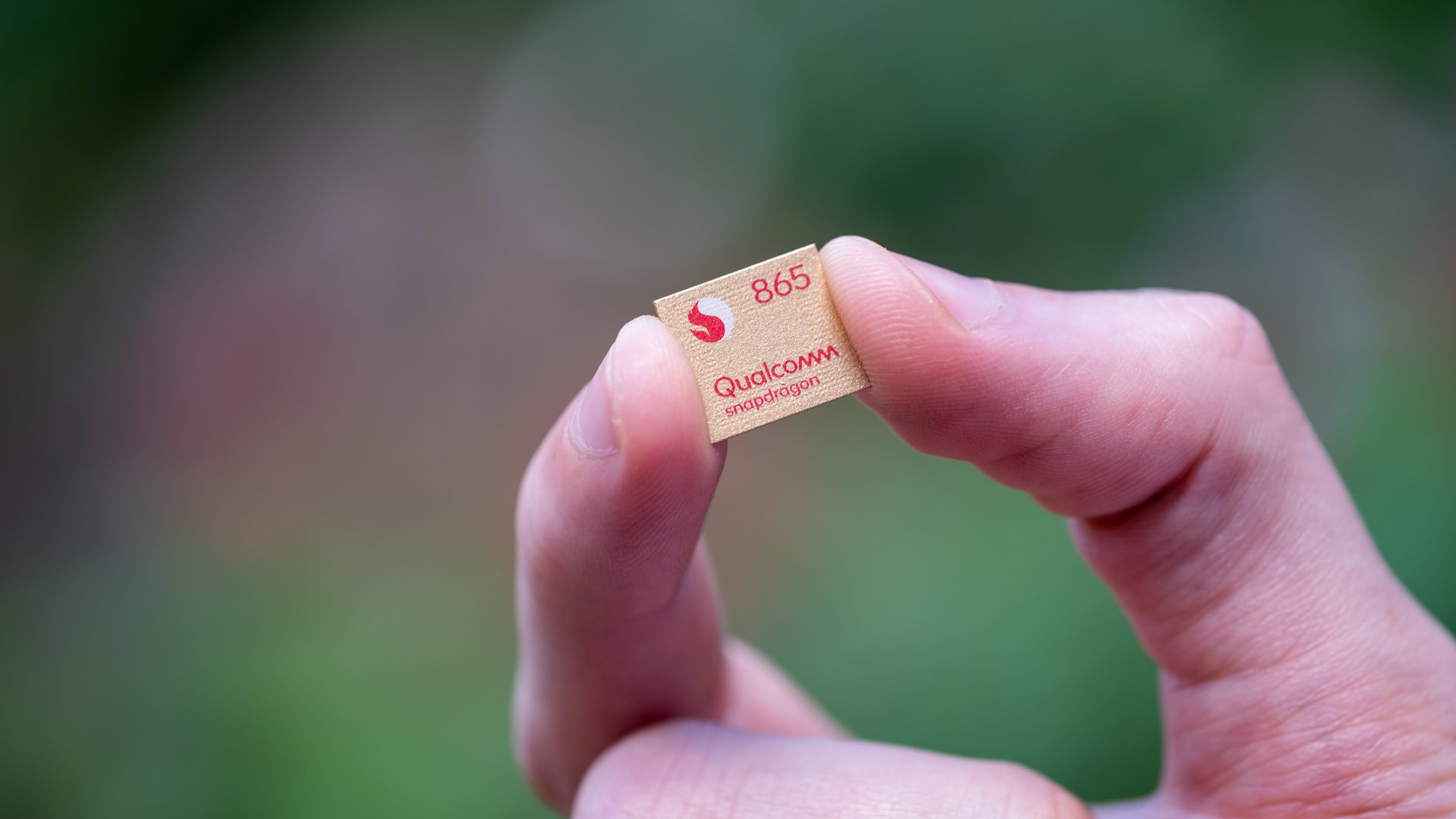
The Snapdragon 865 is certainly Qualcomm’s fastest chips, but there are cons to using it. For starters, the Snapdragon 865 is expensive. It also lacks an onboard modem. Qualcomm insists it is used in concert with the X55 modem to provide 5G connectivity. That means a more complicated internal design, which requires more space than an integrated system on chip (SoC).
While sub-6 support comes as standard, faster mmWave 5G connectivity is optional — these are the two leading 5G technologies right now. Despite having mmWave support for the Plus and Ultra models, Samsung decided to go without mmWave in the vanilla Galaxy S20, presumably to save space and reduce power requirements. But, this is confusing for the phone buying public. It’s an issue that’s exacerbated by carriers employing different 5G technologies as they build out networks.
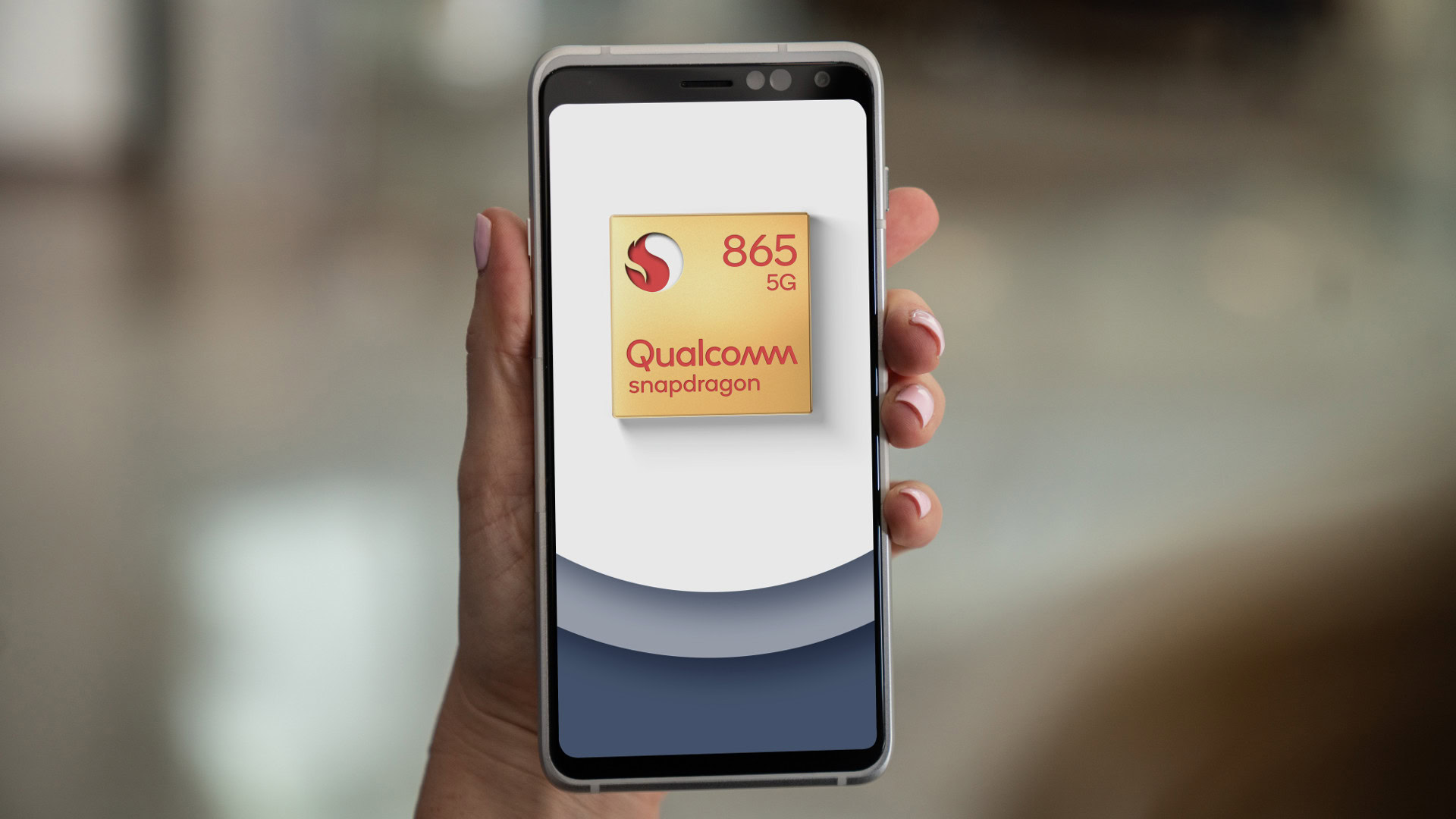
Google is reportedly going with the Snapdragon 765G in the Pixel 5, which is the next chipset down from the 865. It may not be as fast, but it does boast an integrated 5G modem. In fact, it’s Qualcomm’s first SoC with an integrated 5G modem, and it supports sub-6 and mmWave. That means it requires less space inside the phone and has support for the fastest 5G connectivity as standard. With more room to play with, Google may be able to fit a bigger battery in there, or tweak the sensor array to make Motion Sense more useful.
Most people could switch between a flagship and mid-range phone today without breaking stride.
As you climb the processor charts, the chipsets get more and more expensive — a cost that is inevitably passed on to consumers. At the top end, the law of diminishing returns kicks in, and you’re paying a lot more for a small gain in speed. Do we need that extra speed?
Most people could switch between a flagship and mid-range phone today without breaking stride. Making big gains in processing power for smartphones every year is growing less important. Few of us push our smartphones to the limit. Android apps and games are optimized for lesser hardware.
Google has never been a hardware company, it’s all about software and services. It strives to create a uniformly good experience with its apps and services, regardless of the device you’re using. Perhaps the biggest attraction for Google’s Pixel phones is the elegant software experience. Android as the maker intended: slick and easy to use, with a surface simplicity that belies the underlying smarts.
Pixel phones can do clever things that other phones can’t, but they rarely rely on raw processing power to get there. The Pixel 3a is perfect proof of this, matching many of the capabilities of the Pixel 3, just a beat or two slower. In fact, you could make a strong case for recommending the Pixel 3a over the Pixel 3.
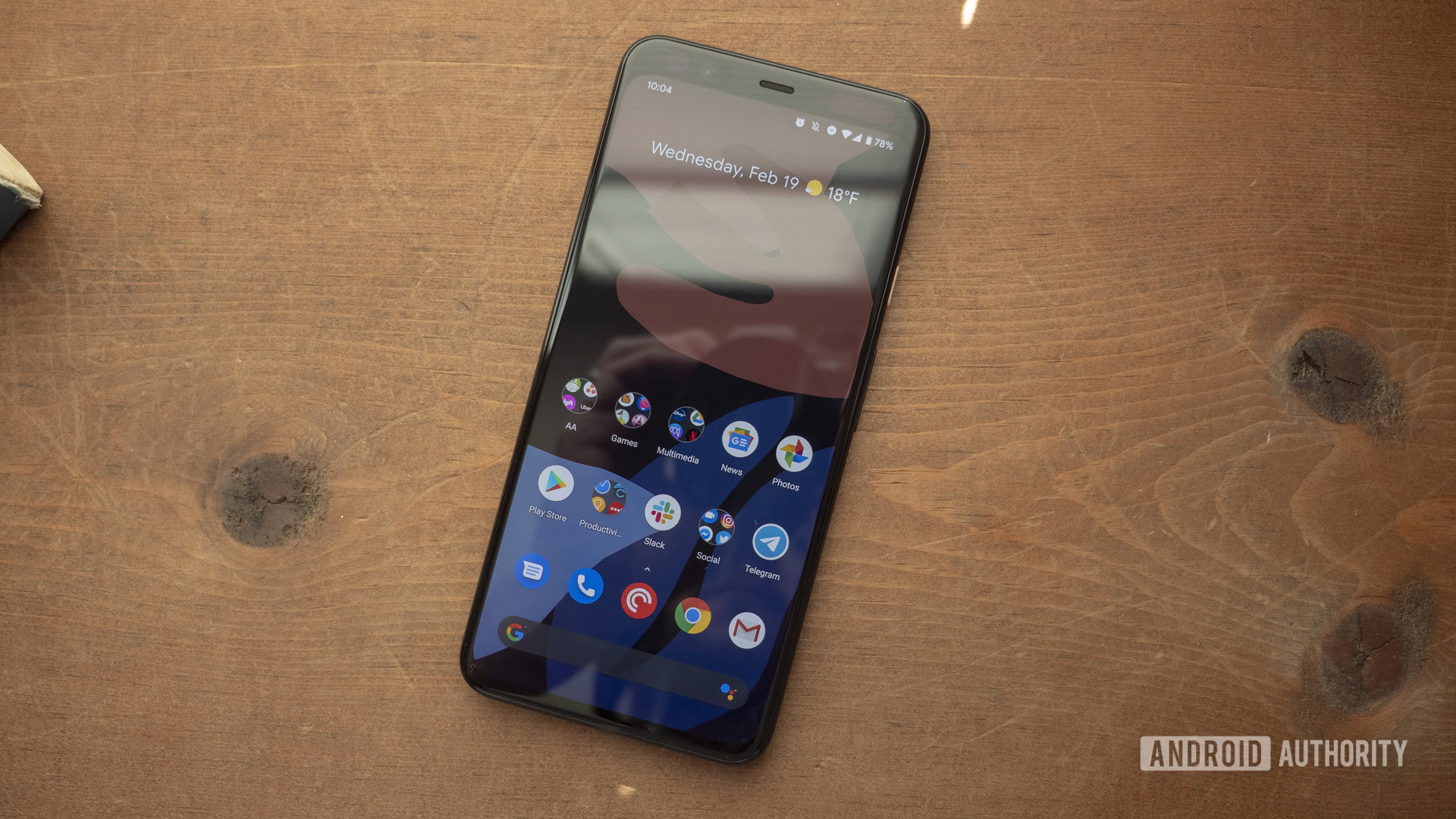
If we look at the last two flagship Google phones, the Pixel 3 and Pixel 4, two major problems loom large: price and battery life.
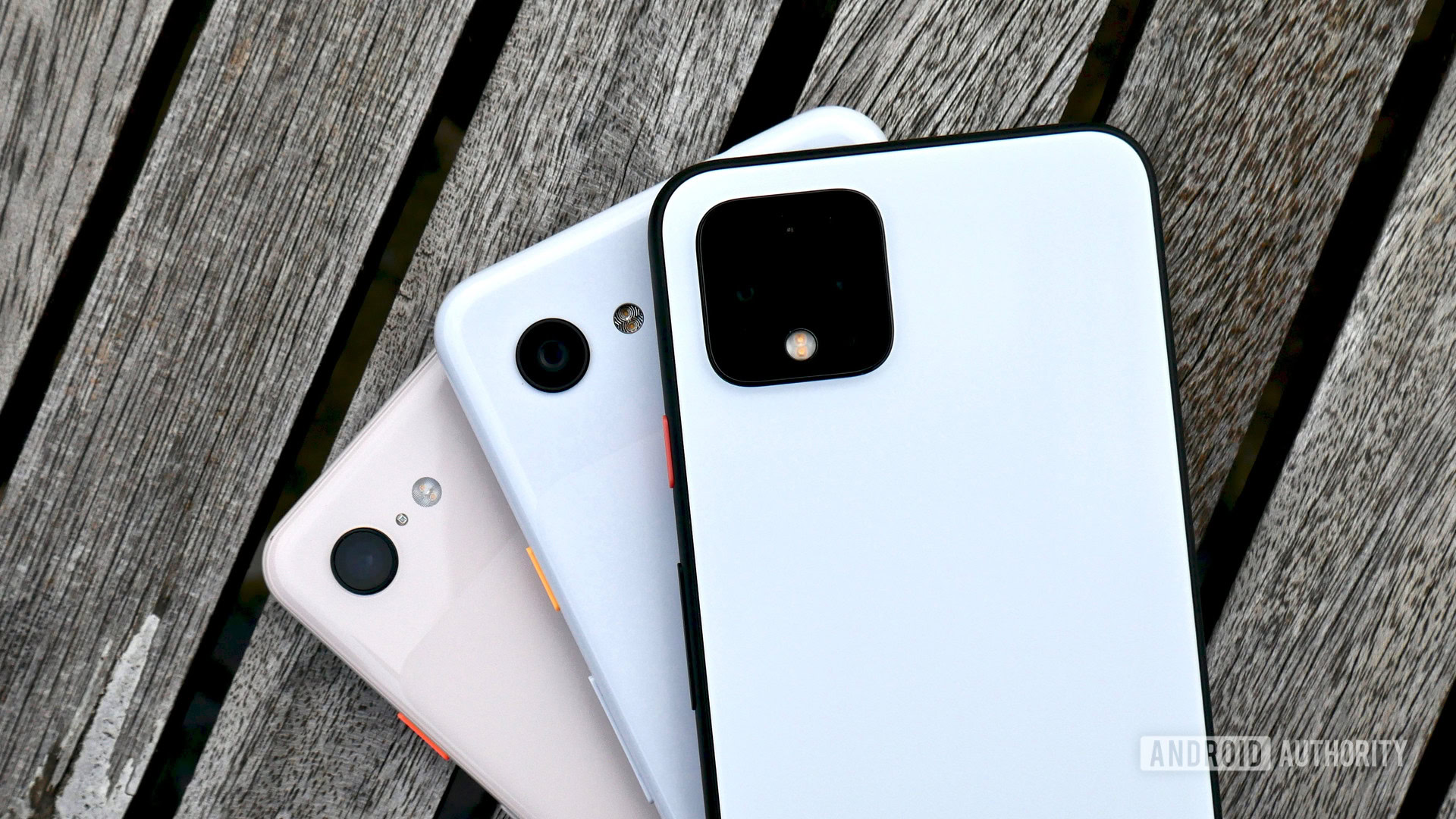
Every Pixel phone has been widely perceived as overpriced. This is because we look at the spec sheet when we calculate value for money, but that’s not where the value lies in Pixel phones. In any case, bringing that price down can only be a good thing. When Google established the Nexus range, the first few phones were lauded as bargains. When the price began to creep up, the plaudits evaporated. A reasonably priced Pixel 5, with 5G connectivity, and a fresh batch of exclusive Google features, could be a compelling prospect.
While it still serves as my daily driver, the Pixel 4 frequently gives me battery anxiety. The fact the Pixel 3 was widely criticized for poor battery life, and then Google decided to put an even smaller battery in the Pixel 4, is still utterly perplexing. There’s always a trade-off between processing speed and battery life, but by adopting a less power-hungry processor in the Pixel 5, Google may finally release a phone that can be recommended without major caveats.
Picture a Pixel 5 starting from $800 in a sea of flagships that are $1,000 plus.
The Samsung Galaxy S20 Ultra is a stunning smartphone in every sense, but it starts from $1,400. Even dropping down to the S20 Plus, you’ll have to pay $1,200; that’s $200 more than last year’s S10 Plus. Most people are never going to pay that much for a phone. By passing on the Snapdragon 865, Google can avoid a similar price increase for the Pixel 5. It may even enable a price drop from the Pixel 4, though Google will want to be careful about cannibalizing sales of the forthcoming Pixel 4a.
Read next: Google Pixel 4a : Everything we know so far
Picture a Pixel 5 starting from $800 in a sea of $1,000+ flagships. Even with a lesser processor, Google’s software design will ensure it feels slicker than the competition. Throw solid battery life in there, an ultra-wide-angle lens in the camera, and flesh out Motion Sense. Add a new crop of smart features like Call Screen and Now Playing as the cherry on top, and you’ve got my potential phone of the year. Would it be yours? Hit the comments and tell us if you agree or not.